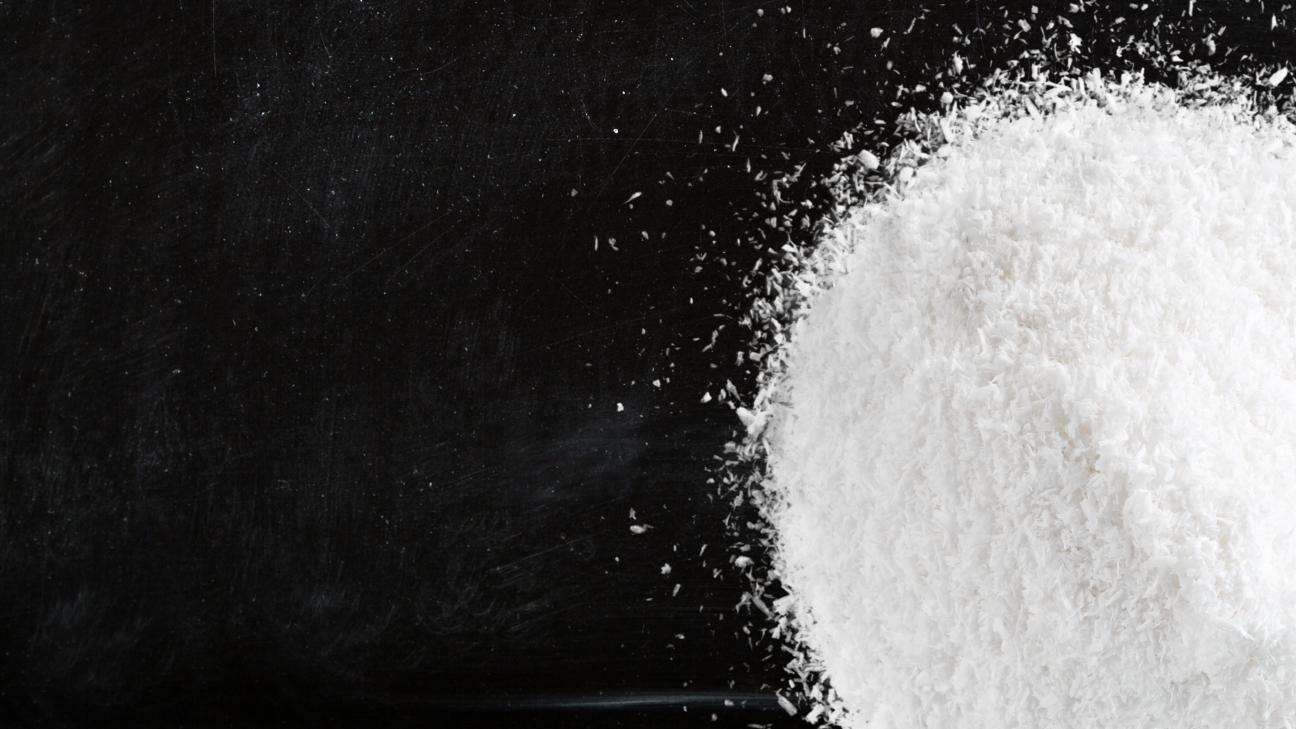THE MULTIPLE USES OF TITANIUM DIOXIDE
Titanium dioxide is a chemically inert, semiconducting substance that has been used in the manufacturing sector for over 100 years now. Since it is white in color, it is also known as titanium white and is sometimes also known as titania. It is a naturally occurring material that is used across varied applications across industries.
Titanium dioxide (TiO2) is a versatile and widely-used chemical compound with a variety of applications. Some of the most common uses of TiO2 include:
Pigment: TiO2 is an extremely white and opaque pigment, making it ideal for use in paints, coatings, and plastics. It is also used to make cosmetics and food products look whiter and more vibrant.
Sunscreen: TiO2 is often used as a UV filter in sunscreens and other personal care products because of its ability to scatter and absorb UV light.
Catalysis: TiO2 is an effective catalyst in various chemical reactions, including the production of hydrogen fuel and the purification of air and water.
Ceramics: TiO2 is used in the production of ceramics, glass, and other inorganic materials because of its high melting point, good chemical stability, and excellent electrical insulation properties.
Medical: TiO2 is used in medical implants, such as joint replacements, due to its biocompatibility, corrosion resistance, and high strength-to-weight ratio.
Click here – Economical Changes that can be brought about by BTC or other Cryptocurrencies in Bosnia and Herzegovina
WHAT PRODUCTS USE TITANIUM DIOXIDE?
Being highly stable and non-reactive, titanium dioxide color is perfect to use in multiple industries.
Food Additive – Titanium dioxide food coloring is a great way to make food look brighter and more visually appealing. When used as a food additive, it is first mixed with other ingredients like proteins and fats. Food color manufacturers commonly use titanium dioxide as an additive in food products like milk, chocolate, chewing gum, snacks, sauces, candy and sweets.
Paint – Titanium dioxide provides a very opaque coverage when used in paint. TiO2 is one of the most important pigments used in the paint industry. Its popularity is mainly because it effectively scatters visible light, which makes the paint appear brighter and whiter.
Coatings – Due to titanium dioxide’s ability to block ultraviolet rays, it has proven to be an effective chemical coating that can be used to protect surfaces from ultraviolet damage, making them strong and helping them to last longer.
Toothpaste – You know the white in toothpastes. That is partly due to the presence of titanium dioxide in it which lends it its whiteness. All toothpastes do not use titanium dioxides,many popular toothpastes use titanium dioxide substitutes as well.
Sunscreen – Titanium dioxide and zinc oxide are ingredients that are used in sunscreens because they can effectively block ultraviolet rays from sunlight and deflect it back. Titanium dioxide contains nanoparticles that act as tiny mirrors that reflect the light from the sun.
Adhesives – Due to its high heat resistance and stability, titanium dioxide minimizes the chances of cracking in plastics or brittleness in rubber when exposed to sunlight. This makes them effective in protecting plastics and rubber and helping them last longer.
Click here – Amazing Benefits You can get from Your Janitorial Service
Ceramics – With the highest tensile strength to density ratio, titanium is strong and can handle extreme pulls or force. However, titanium dioxide does not possess these properties asn it can easily be turned into powder form. That said, titanium dioxide is still very useful in making ceramics because it crystallises on cooling and imparts a glaze to ceramics.
Cosmetics – Titanium dioxide is used both as a color pigment and as a thickener in cosmetic creams. Many cosmetics now contain a uv filter and titanium dioxide is very good at blocking ultraviolet rays from sunlight. Titanium dioxide replacements are now being considered due to health concerns surrounding the use of TiO2 on human skin.
Soaps – Titanium dioxide pigments are non-bleeding, do not morph in a high pH environment, and provide maximum brightness and opacity. This makes them a key ingredient in soaps as they can lighten the color of the soap and enhance its features. It hides the dark colors of the other ingredients in soap and improves its appearance.

